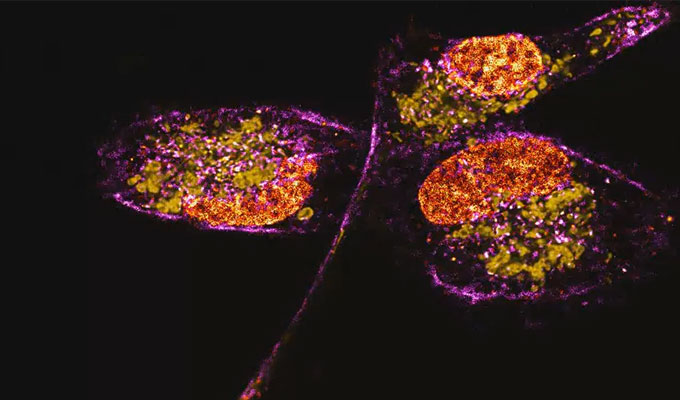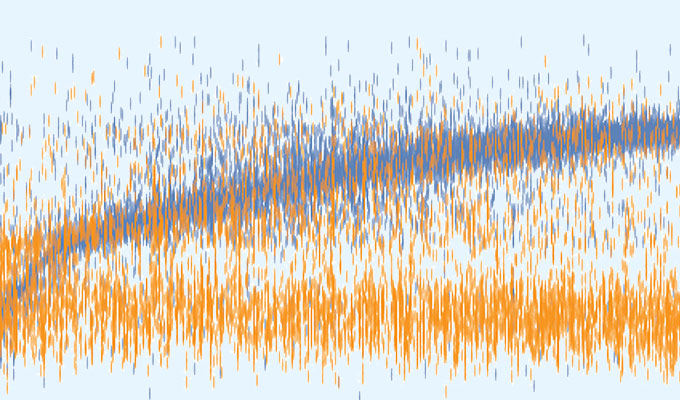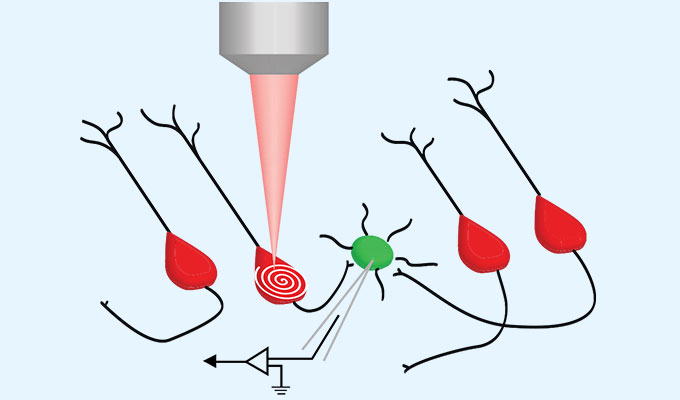Designing and executing prime editing experiments in mammalian cells
Speaker: Jordan Doman Moderator: Peyton Randolph
Online live: May 16, 2023 12:00 PM EST Views: 4054
Log in to your account to watch the full video
Abstract
Prime editing (PE) is a precision gene editing technology that enables the programmable installation of substitutions, insertions and deletions without requiring double-strand DNA breaks (DSBs). PE has already been used in many basic science applications and has also been used to rescue cell and animal models of genetic disease. Furthermore, enhanced PE systems drastically improve editing efficiencies relative to the originally reported prime editor, and new applications such as twin prime editing (twinPE) can precisely insert or delete hundreds of base pairs of DNA. Both PE and twinPE can also be used in tandem with recombinases to achieve gene-sized (>5 kb) insertions and inversions. Achieving optimal PE requires careful experimental design, and the large number of parameters that influence PE outcomes can be daunting. In this webinar, we will discuss current best practices for designing and carrying out PE and twinPE experiments.
The speakers will discuss:
* Prime editing to precisely install or correct mutations in mammalian cells
* Optimization of prime editing strategies for a new edit
Speaker

Jordan Doman, Ph.D.
Graduate Student, Harvard University and the Broad Institute
Jordan Doman is a graduate student completing her PhD research in the laboratory of David R. Liu at the Broad Institute of MIT and Harvard. Her res...
View more
Moderator

Peyton Randolph, B.SC
Graduate Student, Harvard University and the Broad Institute
Peyton Randolph is a graduate student conducting doctoral research in David R. Liu's lab at the Broad Institute of MIT and Harvard. After assisting...
View more
References
Anzalone, A. V. et al. Nature 576, 149–157 (2019): https://doi.org/10.1038/s41586-019-1711-4
Nelson, J. W. et al. Nat. Biotechnol. 40, 402–410 (2022): https://doi.org/10.1038/s41587-021-01039-7
Chen, P. J. et al. Cell 184, 5635–5652 (2021): https://doi.org/10.1016/j.cell.2021.09.018
Anzalone, A. V. et al. Nat. Biotechnol. 40, 731–740 (2022): https://doi.org/10.1038/s41587-021-01133-w
Do you have a question about this webinar?
Post your question, and we'll invite the webinar speaker to respond. You're welcome to join the discussion by answering or commenting on questions ( Note: Not all questions, especially those not directly relevant to the webinar topic, may be answered by the speaker. ).
Tips for asking effective questions
+ Description
Write a detailed description. Include all information that will help others answer your question.
39 Q&A
Whether the present technology that you apply for mammalian cells be used in microalgae for gene editing?




